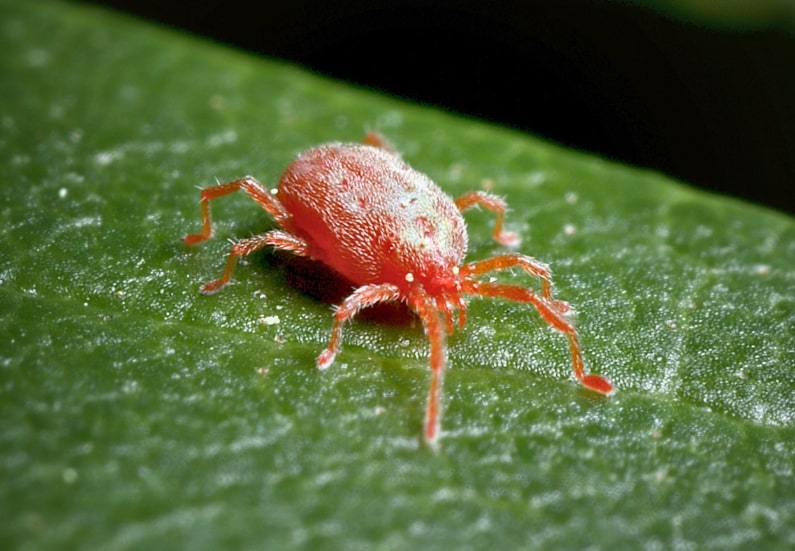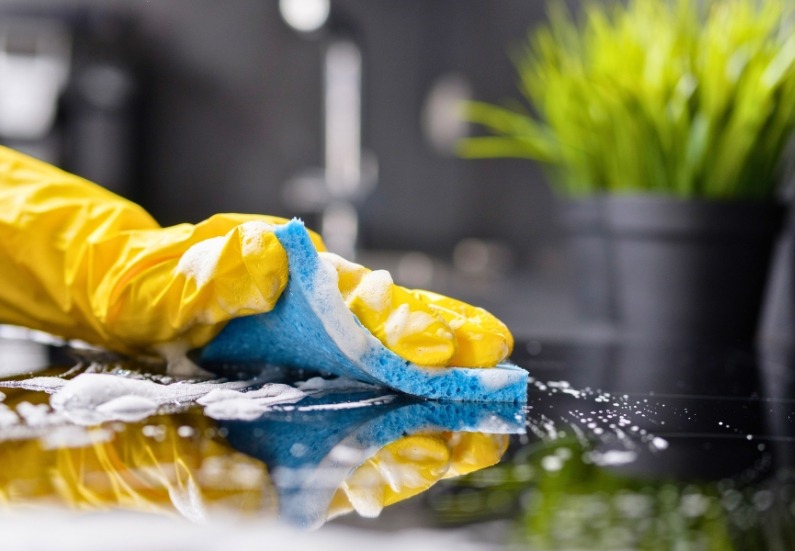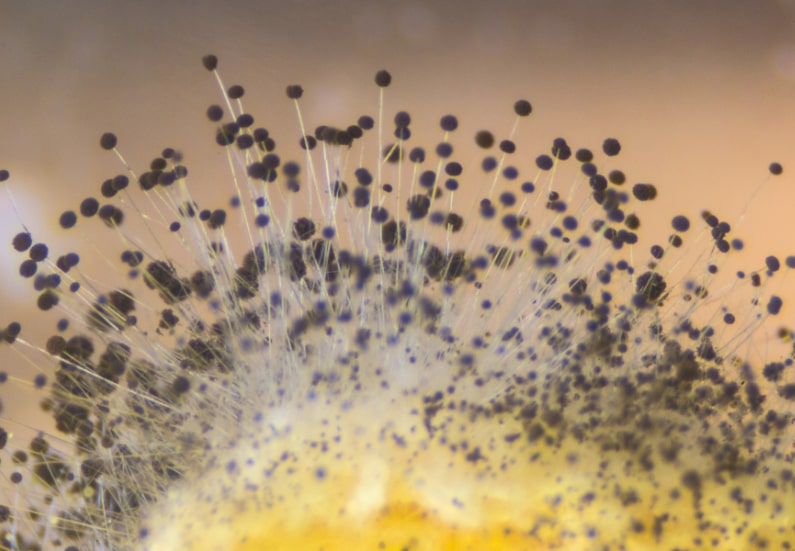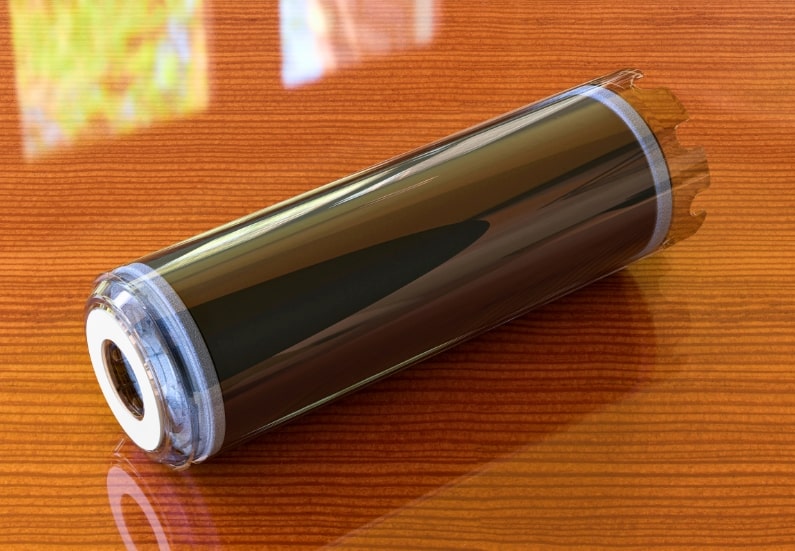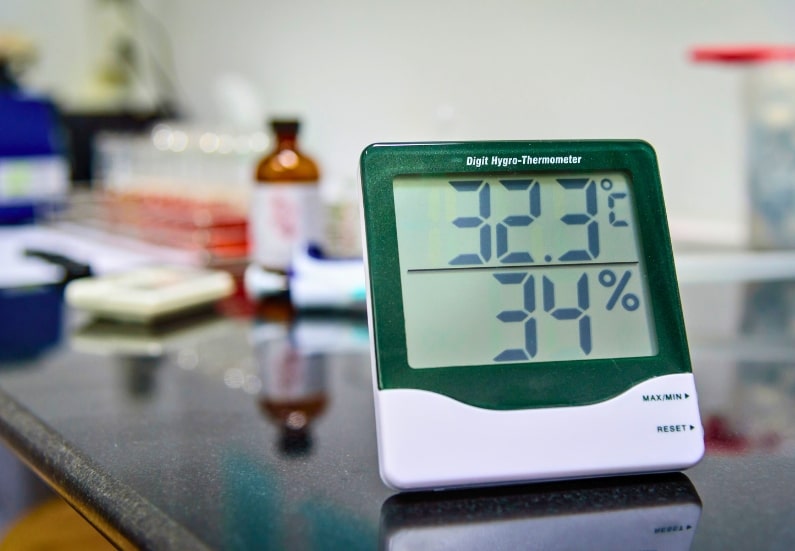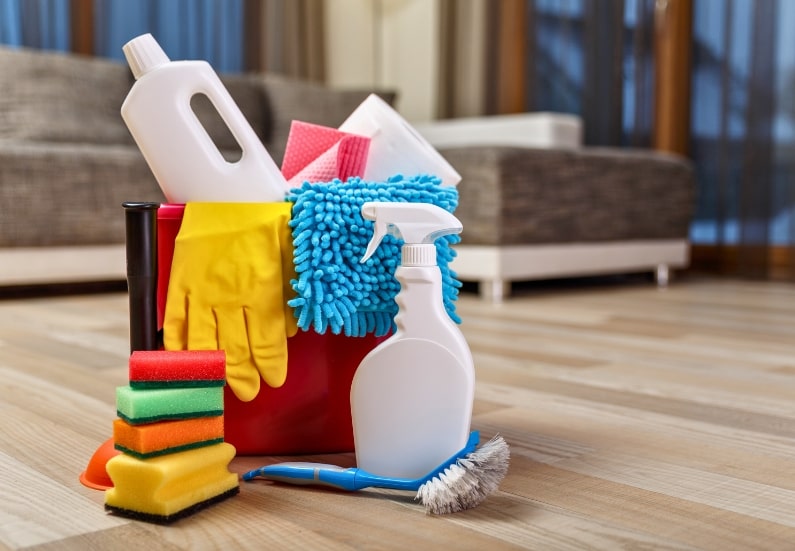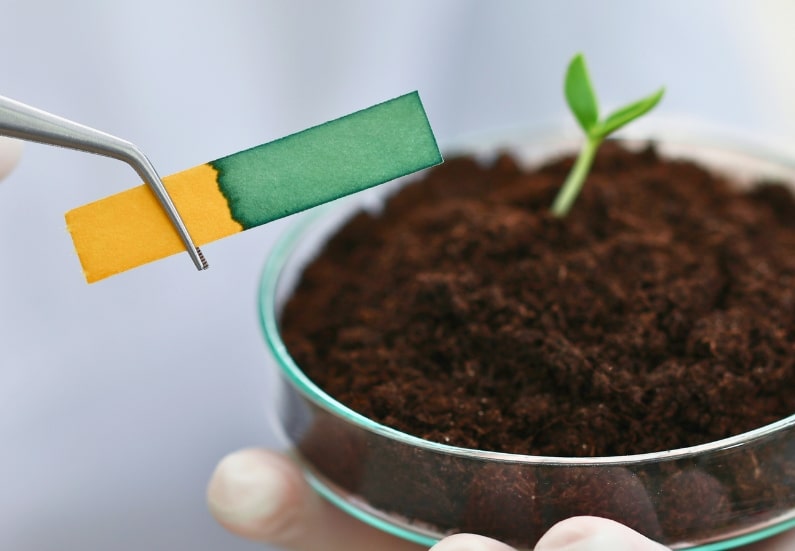How to Spot and Eliminate Pests in Your Indoor Grow Box
Welcome to your guide on recognizing and treating pest infestations in your grow box. From mysterious holes in leaves to sticky trails on your plants, pests can wreak havoc on your indoor garden.
Learn to identify common signs of infestations and discover effective treatments to keep your plants healthy and thriving. Don’t let pesky pests ruin your gardening experience – take control and watch your plants flourish!
Identifying Common Signs of Pest Infestations
Pests can be sneaky and may not always be easy to spot immediately. However, some common signs can indicate the presence of pests in your grow box. By identifying these signs early on, you can take the necessary steps to prevent further damage to your plants.
1. Yellowing or Curling Leaves
One of the most common signs of pest infestation in a grow box is yellowing or curling leaves. Pests such as spider mites, aphids, and whiteflies feed on the sap of plants, which can cause the leaves to turn yellow or curl up. Keep an eye out for any unusual discoloration or distortion in the leaves of your plants.
2. Small Holes or Chew Marks on Leaves
If you notice small holes or chew marks on the leaves of your plants, this could be a sign of pest activity. Insects like caterpillars and beetles feed on plant leaves, leaving behind visible damage. Inspect your plants regularly to look for signs of physical damage caused by pests.
3. Sticky Residue on Leaves
Some pests, such as aphids and scale insects, excrete a sticky substance called honeydew while feeding on plants. If you notice a sticky residue on the leaves of your plants, it could be a sign of a pest infestation. This sticky residue can also attract other pests like ants, so addressing the issue promptly is essential.
4. Visible Presence of Pests
In some cases, you may see the pests themselves on your plants. Common garden pests like aphids, spider mites, and thrips can usually be seen with the naked eye. Take the time to inspect your plants closely for any signs of pests crawling or flying around.
Effective Ways to Treat Pest Infestations in a Grow Box
Once you have identified a pest infestation in your grow box, taking immediate action is crucial to prevent further damage to your plants. Here are some practical ways to treat pest infestations and protect your plants.
1. Neem Oil
Neem oil is a natural and organic insecticide that can help control various pests in your grow box. Simply mix neem oil with water and a small amount of dish soap, then spray it onto your plants to deter and kill pests. Neem oil disrupts insects’ life cycles and can be an effective treatment for common garden pests.
2. Insecticidal Soap
Insecticidal soap is another safe and effective treatment for pest infestations in a grow box. Made from natural ingredients like potassium salts of fatty acids, insecticidal soap suffocates pests like aphids, spider mites, and whiteflies on contact. Regularly spray your plants with insecticidal soap to control and eliminate pests.
3. Diatomaceous Earth
Diatomaceous earth is a natural and non-toxic substance that can control pests in your grow box. This powdery substance is made from fossilized diatoms and works by dehydrating insects upon contact. Sprinkle diatomaceous earth around the base of your plants to create a barrier against crawling pests like ants, beetles, and slugs.
4. Beneficial Insects
Introducing beneficial insects into your grow box can be an effective way to control pest populations naturally. Ladybugs, lacewings, and predatory mites are all examples of beneficial insects that feed on common garden pests like aphids, thrips, and spider mites. Consider releasing these beneficial insects into your grow box to help maintain a healthy balance and keep pests in check.
5. Companion Planting
Companion planting involves growing certain plants to deter pests and promote plant health. For example, planting marigolds, basil, and chives alongside your vegetables can help repel pests like aphids, beetles, and whiteflies. Research companion planting strategies suitable for your grow box and incorporate them into your planting scheme to prevent pest infestations.
6. Regular Maintenance and Inspections
Preventing pest infestations from occurring in the first place is always the best approach. By regularly maintaining and inspecting your grow box, you can catch any potential pest problems early on and take action before they escalate. Remove dead or decaying plant matter, keep your grow box clean and tidy, and monitor your plants closely for any signs of pest activity.
7. Consult with a Professional
If you are dealing with a severe or persistent pest infestation in your grow box, consulting with a professional pest control expert may be beneficial. They can help identify the specific pests affecting your plants and recommend targeted treatment solutions to eliminate them effectively. Don’t hesitate to contact professional assistance if you need help combating stubborn pests.
Conclusion
Pest infestations can be a common challenge for growers, but with the proper knowledge and proactive measures, you can effectively treat and prevent pests in your grow box. By identifying the signs of pest infestations early on and implementing targeted treatment strategies, you can keep your plants healthy and thriving. Remember to stay vigilant, practice good plant care habits, and seek assistance to combat pests effectively. Your plants will thank you for it. Happy growing!

